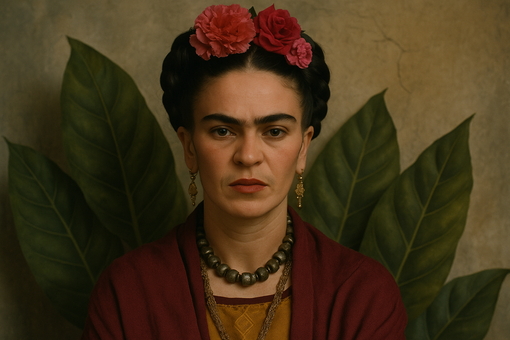A brain that transforms throughout life
Neuroplasticity refers to the brain's ability to reshape itself by creating new neural connections. Long considered limited to childhood, it is now recognized as active throughout adult life. Each new experience, every learning or physical activity contributes to enriching this network. Dance, with its unique combination of movement, rhythm, attention, and emotion, is a powerful catalyst for this brain plasticity.
Dancing is training your brain
Unlike a repetitive physical activity, dance engages several brain areas at the same time: motor skills, balance, memory, emotions, coordination, and creativity. Learning or improvising a dance sequence simultaneously activates the left and right hemispheres, strengthening communication between them. It is a complete workout for the body and mind.
A study published in the New England Journal of Medicine (2003) showed that dance is one of the most effective activities for reducing the risks of age-related cognitive decline. It would stimulate memory and executive functions more than reading or puzzle games.
The cognitive benefits of dance
🔵Improved memory: memorizing choreographies or improvising sequences trains working memory and long-term memory;
🔵Increased concentration: following the rhythm, coordinating movements, and being attentive to sensations fully mobilizes attention;
🔵Enhanced creativity: by linking bodily expression and imagination, dance stimulates innovation and divergent thinking;
🔵Cognitive resilience: movement-induced plasticity protects against brain aging and certain neurodegenerative diseases (Parkinson's, Alzheimer's).
According to a study from the American Journal of Preventive Medicine (2021), individuals who regularly practice dance have better cognitive and emotional health, with reduced anxiety symptoms and improved quality of life.
Benefits for all ages
In children, dance promotes psychomotor development, coordination, and self-confidence. In adults, it stimulates creativity and helps manage stress. In seniors, it is a major tool for preventing cognitive decline and maintaining autonomy. Thus, dance is a universal language that supports the brain at every stage of life.
My support: awakening the potential of body and mind
I support individuals both individually and collectively in using dance as a tool for well-being and cognitive stimulation. My offerings include:
🔵Free dancing workshops to stimulate memory, creativity, and confidence through improvisation;
🔵Sessions tailored for seniors, promoting mobility, concentration, and social connection;
🔵Personalized practices to strengthen grounding, attention, and emotional regulation.
A dancing brain stays alive
Dancing is giving your brain an infinite playground: every step, every rhythm, every gesture nourishes neural plasticity and strengthens memory. Beyond artistic expression, dance is a powerful resource for maintaining the mind and body, cultivating joy, and preventing cognitive decline.
What if you made your brain dance starting today, one step at a time?




